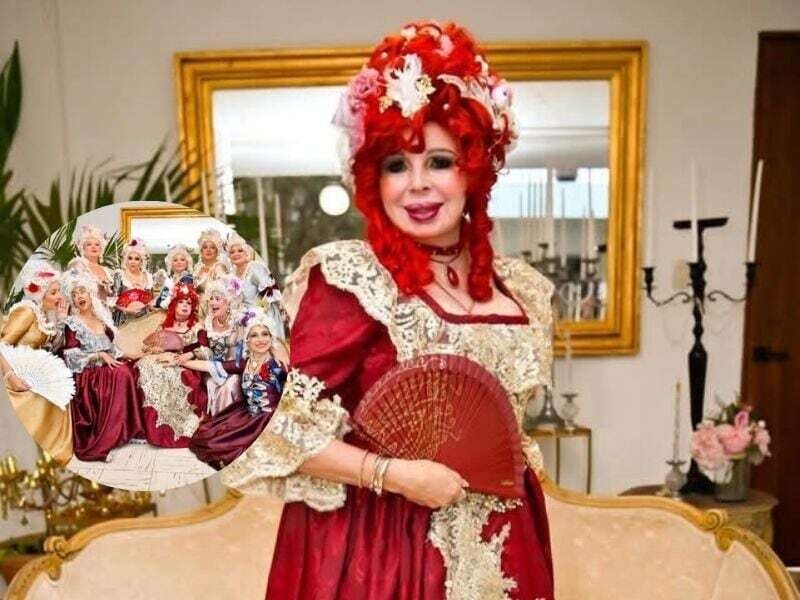
The opulent style and fascination with the figure of the queen in the costume chosen by the governor may reflect an interest in history and a desire to evoke the elegance and glamour of an era. On the other hand, the choice of Marie Antoinette as a reference can also be interpreted as irony, recalling the tragic fall of the queen and pointing out how extreme luxury and disconnection from reality can lead to ruin.
In this context, the governor's costume could be seen as a reflection on the contrast between power and social difficulties, an allegory of the challenges faced by both rulers and the ruled. Despite the apparent frivolity of the costume choice, the connection to the figure of the doomed queen underscores the relevance of maintaining a balance between power and sensitivity to the needs of the people.
In 1793, Marie Antoinette was sentenced to death and guillotined in the Place de la Révolution, becoming a symbol of the downfall of the French monarchy and the end of an era. The act of dressing up as a historical figure like Marie Antoinette invites reflection on the queen's history, whose fate was marked by popular disdain and a fatal outcome.
Marie Antoinette of Austria arrived in France in 1770 to marry the future King Louis XVI. During her reign, the queen was criticized for her excessive luxury amid severe social inequalities, showing apparent indifference to the struggles of the French people, which fueled popular discontent. Her famous phrase "Let them eat cake!" is still mistakenly associated with her, representing a total disconnection from the lower classes.
As the French Revolution progressed, Marie Antoinette became a symbol of the monarchical regime, serving as a scapegoat in a period of great political and social unrest.













